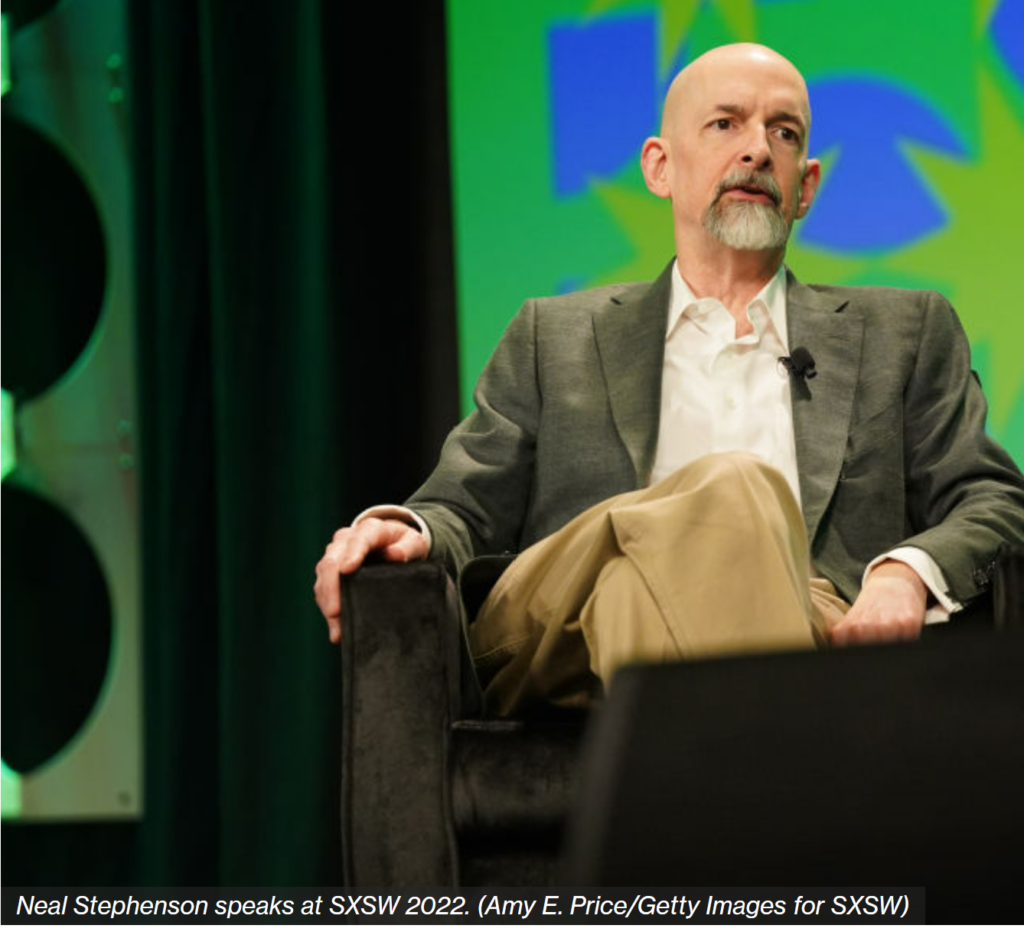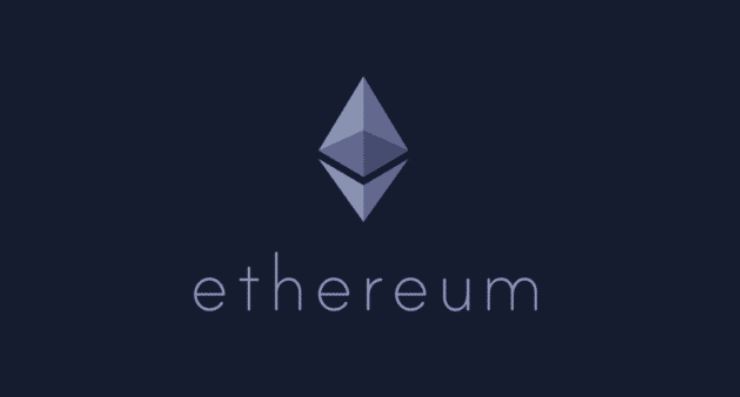Neal Stephenson Coined ‘Metaverse’ in 1992. Now He’s Building One

The author is working with a number of crypto veterans on a new metaverse-focused base layer, Lamina1.
In 1992, science-fiction author Neal Stephenson coined the term “metaverse” in his hit novel “Snow Crash.” Now, 30 years later, he’s teaming up with another crypto OG, Peter Vessenes, to bring his vision to life.
The duo announced Wednesday they’re creating their own metaverse-focused blockchain called Lamina1. Vessenes will be the project’s CEO while Stephenson will serve as chairman.
Like the visions of the metaverse popularized in the summer of 2021, before much of the corporate world began co-opting the term, Lamina1 will be centered on open metaverses with a focus on virtual- and augmented-reality integrations.
“The Facebook name change was a big milestone for the metaverse, although the idea had been building for some time before that,” Stephenson told CoinDesk in an interview, adding:
“While big companies like Microsoft [MSFT] became interested, what also happened was lots of smaller players became interested, too. There are a lot of people who want to get in on the metaverse and build their dreams, build their ideas, realize their creative notions or their commercial ambitions.”
The testnet and betanet of Lamina1 are scheduled to be launched later this year, with the ultimate goal being to create an immersive 3D metaverse inspired by the novel itself.
Plans for Lamina1
Vessenes told CoinDesk the first iteration of the blockchain will be “somewhere between a friendly fork and partnership” of Avalanche, though no plans have been finalized.
Financial backers of the project include Ethereum co-founder Joseph Lubin, Geoff Entress, Matthew Roszak, Patrick Murck and David Johnston, according to a press release.
The announcement comes at a time when the metaverse continues to mean anything from a blockchain-based video game to an immersive future of life itself.
Investors are hedging their bets on both ends of the spectrum, backing projects that range from centralized virtual marketplaces like the one Meta is building to projects like MetaMetaverse, whose ambitions resonate more with the crypto-native.
“When I look at the things that have made the top chains work, it’s really just how successful they’ve been at getting their communities all the resources they need, and just helping them succeed,” Vessenes told CoinDesk. “What we’re wanting to do is bring in very, very high-quality IP partners, enterprise partners, help everybody meet each other and just build cool stuff.”
By: Eli Tan
DISCLOSURE
Please note that our privacy policy, terms of use, cookies, and do not sell my personal information has been updated.
The leader in news and information on cryptocurrency, digital assets and the future of money, CoinDesk is a media outlet that strives for the highest journalistic standards and abides by a strict set of editorial policies. CoinDesk is an independent operating subsidiary of Digital Currency Group, which invests in cryptocurrencies and blockchain startups. As part of their compensation, certain CoinDesk employees, including editorial employees, may receive exposure to DCG equity in the form of stock appreciation rights, which vest over a multi-year period. CoinDesk journalists are not allowed to purchase stock outright in DCG.










